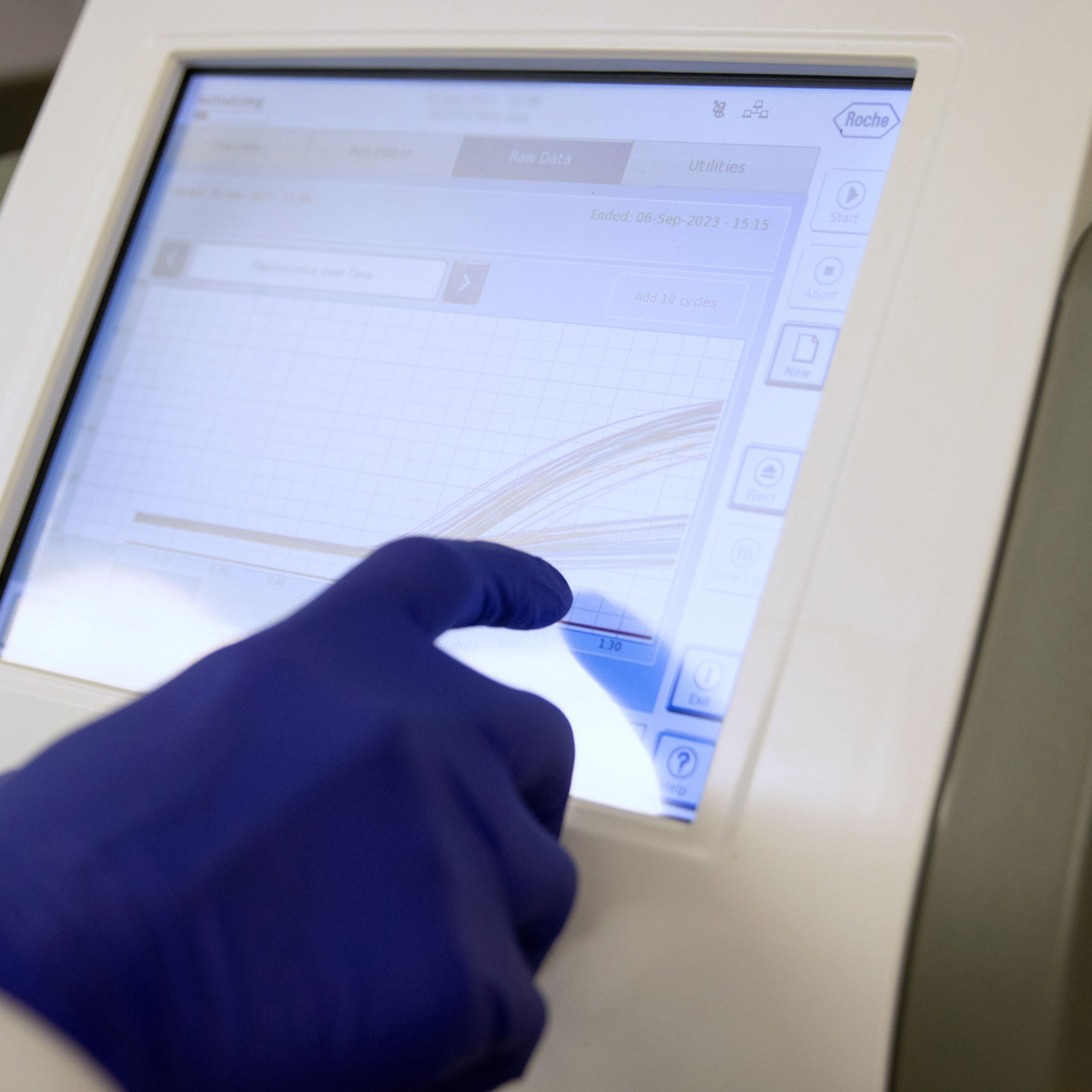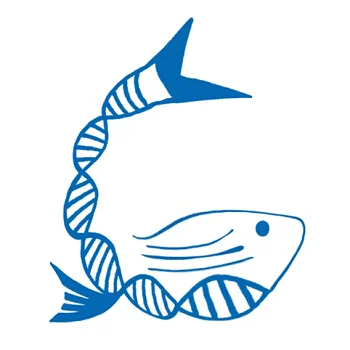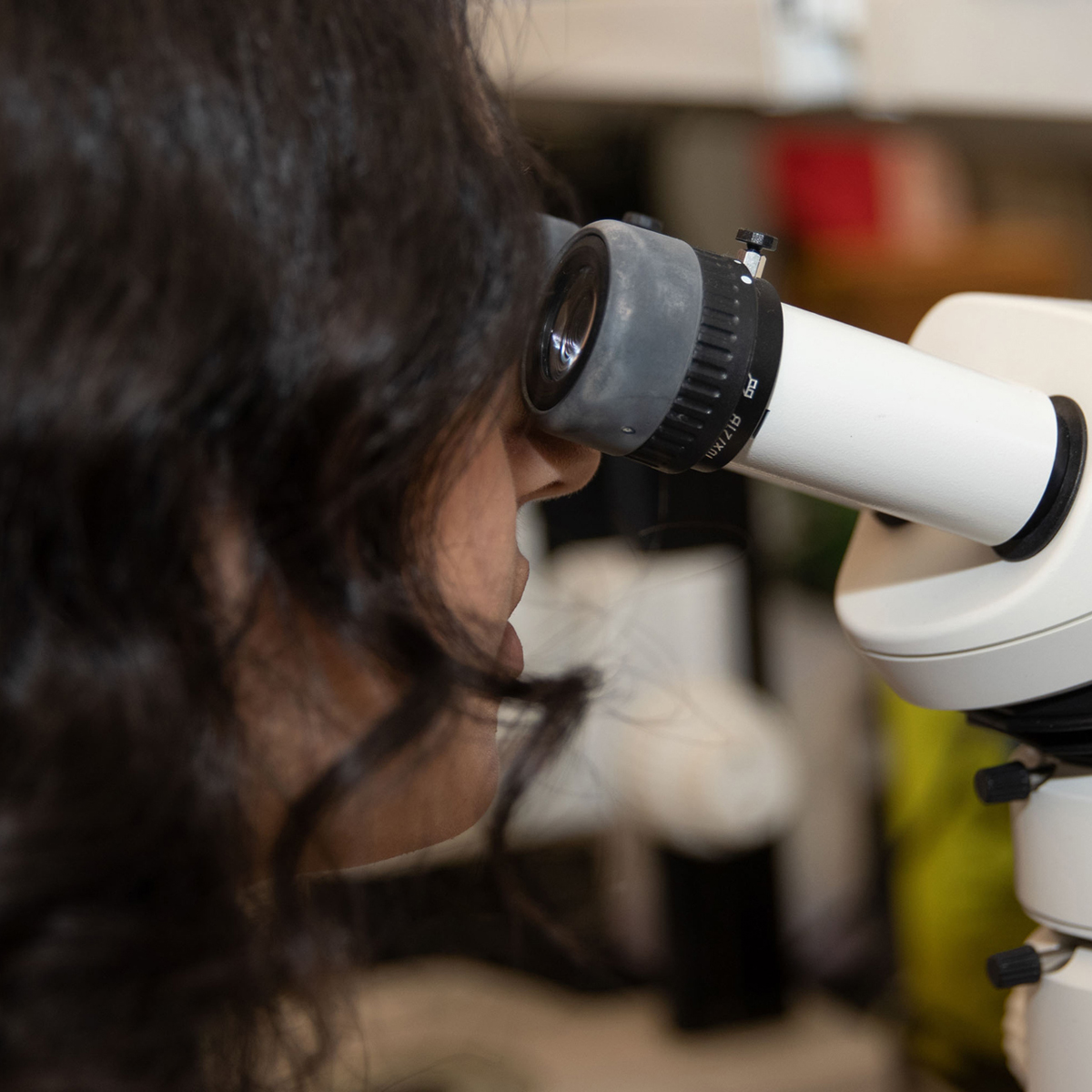Based at The Hospital for Sick Children (SickKids) Research Institute, the Zebrafish Genetics & Disease Models Core Facility offers a range of services to both internal and external researchers.
We use contemporary mutagenesis and transgenesis techniques to generate zebrafish models of human disease in-house at our state-of-the-art facility. Zebrafish can be used to:
- Validate candidate disease-causing genetic variations and provide insight into the molecular mechanisms underlying the disease
- Identify candidate therapeutics using high-throughput drug screens

Our services
Using cutting-edge technology, we generate custom genetic variations in target genes.
Based on project requirements, we can introduce a range of genetic variations, including:
- Small insertion-deletions resulting in frameshift and premature termination codons
- Large ‘transcriptless’ gene deletions
- Single nucleotide variants to mimic disease-associated genetic variations
- Knock-in fluorescent proteins or epitope tags into target genes
Zebrafish lines can be shipped domestically or internationally to other zebrafish facilities for phenotypic analysis or studied at SickKids by establishing scientific collaborations facilitated by our core facility.
We can perform microinjection of plasmids into one-cell stage zebrafish embryos and screen for germline transmission of transgenes to subsequent generations.
Based on project requirements, we can generate a variety of transgenic lines, including:
- Fluorescent reporter lines to label cell lineages and/or study the sub-cellular localization of proteins of interest
- Transgenes that can suppress genetic variant phenotypes
- Transgenes that allow for conditional spatial and temporal expression using the Cre/Lox system
- Binary expression systems (sometimes referred to as split systems) that use either Gal4/UAS or QF/QUAS systems allowing for tissue specific expression
Under the Health of Animals Act, zebrafish imported from outside Canada must be held in a Canada Food Inspection Agency (CFIA) pre-approved quarantine facility in order to be tested for spring viremia of carp virus (SVCV) before being released for research purposes.
Our Zebrafish Quarantine Room is a CFIA-certified holding facility that allows us to import zebrafish from sources outside of Canada, on behalf of SickKids or other Canadian research laboratories.
Depending on your project needs and timelines, we offer customized projects not listed above on a case-by-case basis. Contact us for further inquiries.
Pricing
All pricing shown is in Canadian dollars.
| Service | Internal pricing | External pricing |
|---|---|---|
| Mutagenesis projects | $7,000 | $9,900 |
| Transgenesis projects | $6,000 | $8,500 |
| Sperm cryopreservation | $250 per line | $350 per line |
| Zebrafish (5 adult breeding pairs or 100 embryos) | NA | $200 per line |
About us
The Zebrafish Genetics & Disease Models Core Facility is the largest zebrafish facility in Canada. With decades of combined research experience, the team offers expertise in generating animal models of human disease, gene discovery, therapy development and more.
To date, the facility has successfully generated over 80 mutant zebrafish lines for both internal and external clients. The facility also plays a key role in supporting groundbreaking research under SickKids’ vision of Precision Child Health.
Team members
- Jim Dowling, MD, PhD – Scientific Co-Director
- Brian Ciruna, PhD – Scientific Co-Director
- Jason Burgess, PhD – Service Manager
- Xiucheng Cui, M.Sc. – Research Technologist
- Rebecca Simonian, M.Sc. – Research Technologist
Ready to get started?
Take advantage of our expertise in genome engineering and zebrafish biology to validate and advance your team’s understanding of human disease genes.
To start your next project at the SickKids Zebrafish Core Facility, contact jason.burgess@sickkids.ca for more information on our services.
Ready to get started?
Take advantage of our expertise in genome engineering and zebrafish biology to validate and advance your team’s understanding of human disease genes.
To start your next project at the SickKids Zebrafish Core Facility, contact jason.burgess@sickkids.ca for more information on our services.
Ready to get started?
Take advantage of our expertise in genome engineering and zebrafish biology to validate and advance your team’s understanding of human disease genes.
To start your next project at the SickKids Zebrafish Core Facility, contact jason.burgess@sickkids.ca for more information on our services.


